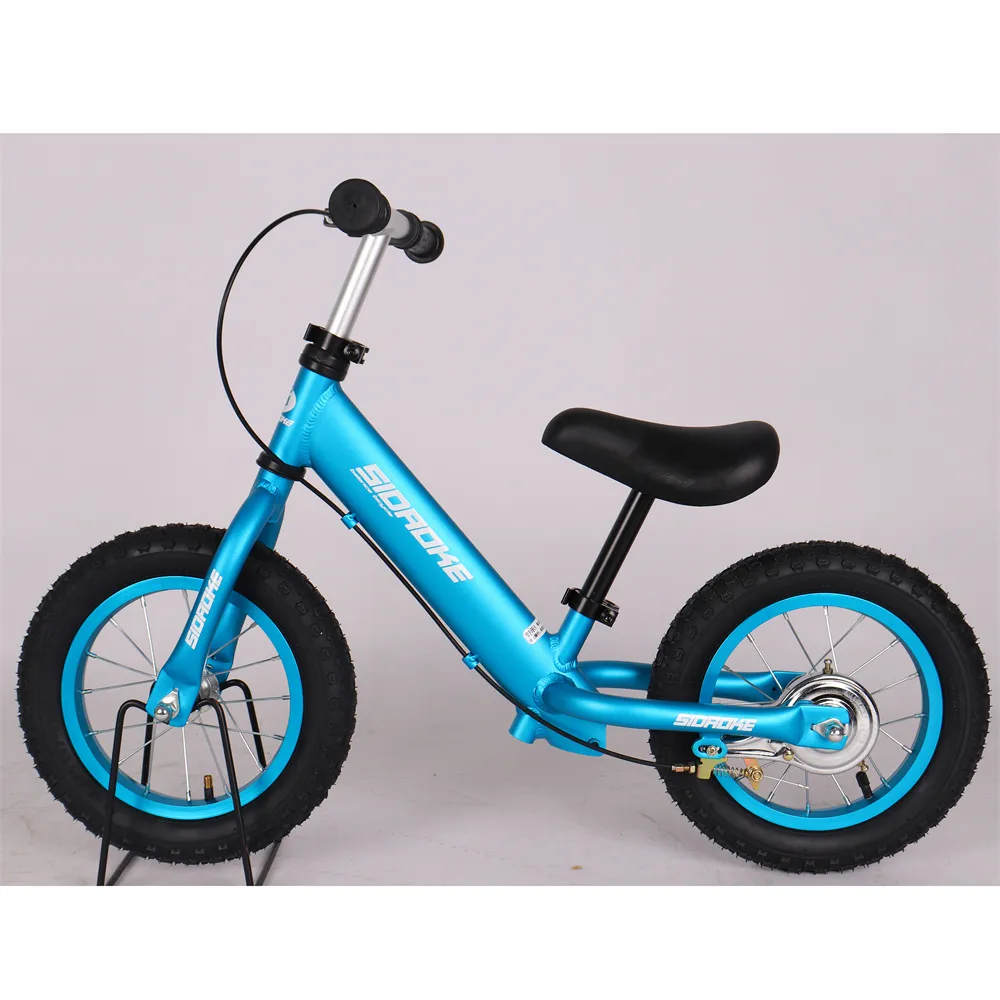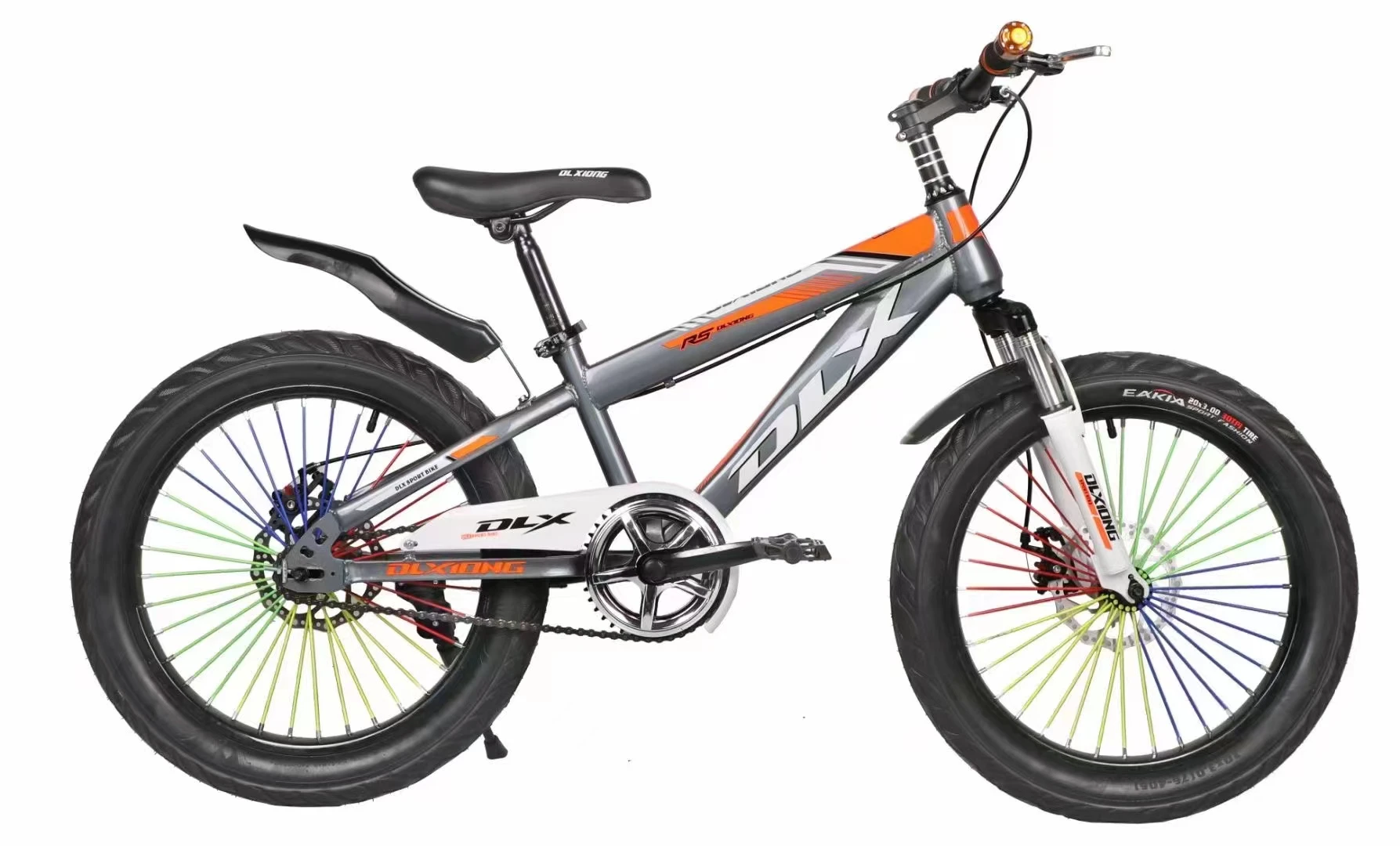mountain bike material
The Essential Guide to Mountain Bike Materials
Mountain biking is an exhilarating outdoor activity that combines adrenaline, exploration, and a deep connection with nature. However, the performance, durability, and ride quality of a mountain bike heavily depend on the materials used in its construction. Understanding these materials can help riders make informed decisions, enhancing their riding experience. In this article, we will explore the primary materials used in mountain bike frames, wheels, and components, and how each affects the bike's performance, weight, and cost.
1. Aluminum The Go-To Choice
Aluminum has emerged as one of the most popular materials for mountain bike frames due to its excellent strength-to-weight ratio. It is lighter than steel and offers good durability, making it ideal for aggressive riding and rough terrains. Furthermore, aluminum can be easily manufactured into various shapes, allowing for innovative frame designs that enhance aerodynamics and performance.
However, it’s essential to note that while aluminum frames provide a great balance between cost and performance, they tend to be less forgiving than some other materials when it comes to vibrations. This means that riders may feel more bumps and irregularities in the terrain, which can lead to a less comfortable ride. Despite this, aluminum remains a preferred choice for many casual and competitive mountain bikers due to its affordability and versatility.
2. Carbon Fiber Lightweight and Strong
Carbon fiber has gained popularity in the mountain biking community for its exceptional properties. This composite material is incredibly lightweight, offering significant performance advantages in climbing and acceleration. Additionally, carbon fiber has excellent vibration-dampening qualities, which can result in a smoother ride over rough terrain.
However, the high cost of carbon fiber frames can be a significant drawback, making them less accessible for budget-conscious riders. Moreover, while carbon fiber is strong and can withstand considerable forces, it is not foolproof; impacts can lead to cracks and damage that may not be immediately visible.
mountain bike material

Steel is often seen as a traditional material for mountain bike frames. Known for its durability and ability to withstand stress, steel frames offer a smooth and comfortable ride, as they absorb shocks and vibrations better than aluminum. Additionally, steel is relatively easy to repair, making it an attractive option for those who value longevity and sturdiness.
However, steel frames tend to be heavier than their aluminum and carbon counterparts, which might discourage competitive riders looking for the lightest gear. For many casual riders and those who enjoy the craftsmanship and history associated with steel bikes, this is a minor trade-off for the comfort and reliability they provide.
4. Titanium The Pricey Alternative
Titanium frames are the pinnacle of mountain bike materials, combining the best properties of steel and aluminum. Titanium is lightweight, durable, and highly resistant to corrosion. Riders not only benefit from a strong frame that can handle rough trails but also enjoy a smooth ride due to titanium's natural shock-absorbing capabilities.
However, the cost of titanium bicycles can be prohibitively high, limiting their availability to only the most dedicated enthusiasts or those with deep pockets. For those who can afford it, titanium is often seen as a lifetime investment, as it can last for decades with proper care.
5. Wheel and Component Materials
Beyond the frame, mountain bike wheels and components also utilize various materials. For instance, rims may be made from aluminum or carbon fiber, each offering unique advantages in terms of weight and durability. Hubs and spokes can be made from steel or aluminum, impacting performance and cost.
In conclusion, choosing the right materials for a mountain bike depends on a rider's individual preferences, budget, and riding style. Whether one opts for aluminum's affordability, carbon fiber's lightweight performance, steel's comfort, or titanium's unparalleled quality, understanding these materials is key to selecting the perfect mountain bike for a thrilling adventure on the trails.
-
The Perfect Baby TricycleNewsAug.11,2025
-
Ride into Fun with Bikes for KidsNewsAug.11,2025
-
Ride into Adventure with the Perfect Kids Balance BikeNewsAug.11,2025
-
Fun and Safe Riding with the Best Childrens ScootersNewsAug.11,2025
-
Find the Perfect Childrens Bike for Your Little OneNewsAug.11,2025
-
Explore the Best Baby Tricycles for Your Little OneNewsAug.11,2025
-
Three-Wheel Light-Up Scooter Benefits for KidsNewsJul.11,2025








